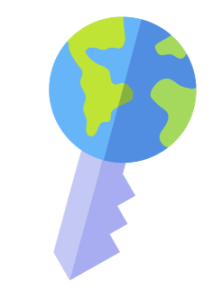7.8 Key Terms
 Key Terms
Key Terms
Brand is a bundle of images and experiences in the mind of the customer. 7.0
Business products are purchased by other companies. Some products, like computers, for instance, may be both consumer products and business products, depending on who purchases and uses them. 7.1
Consumer products are purchased by the final consumer. 7.1
Convenience products: The product is an inexpensive product that requires a minimum amount of effort on the part of the consumer in order to select and purchase it. 7.1
Product: can be viewed as a collection of tangible and intangible attributes (features, functions, benefits, and uses) that collectively provide benefits to a buyer. 7.0/7.1
Product adaptation and refers to modifying the company’s existing product in a way that makes it fit better with local needs. 7.3
Product extension. This means taking the company’s current products and selling them in other countries without making changes to the product. 7.3
Product invention, is creating an entirely new product for the target market. 7.3
Product life cycle (PLC) is a model marketers use to identify the phases of a product’s development to help identify strategies to influence it. 7.2
Prospecting—that is, finding valuable new pockets of knowledge to spur innovation. 7.5
Reverse innovation means designing a product for a developing country and bringing that innovation back to the home country. 7.3
Shopping products are usually more expensive and are purchased occasionally. 7.1
Specialty products are so unique that it’s worth it for buyers to go to great lengths to find and purchase them. 7.1
Unsought products are those the consumer never plans or hopes to buy. 7.1

